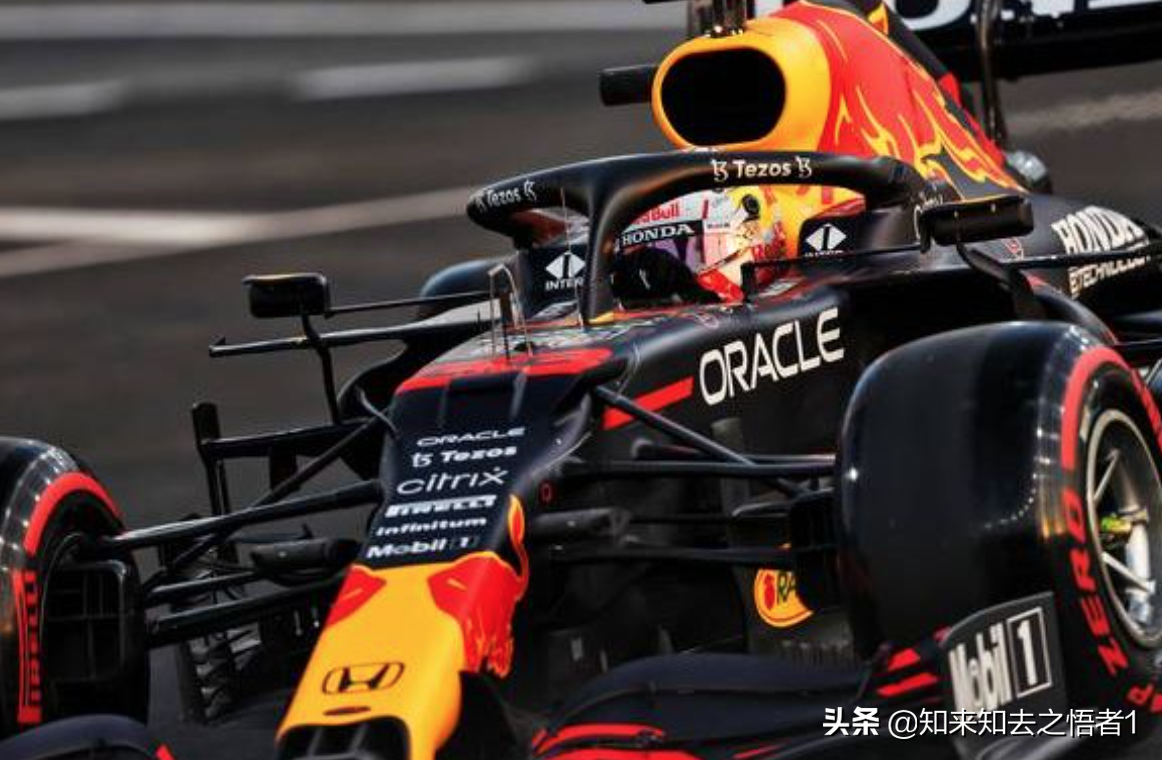
Red Bull is slightly behind Mercedes in the long distance, but Verstappen is close to his World Championship rival Hamilton in lap speed. Friday's practice analysis tells us that Red Bull racing prefers a qualifying setup to a regular race. Because overtaking in Jeddah will be extremely difficult and if he beats Lewis Hamilton to get pole position, the championship is likely to fall into verstappen's hands.
Although the Jeddah circuit has three DRS zones, even if the driver is equipped with a faster car, it will be extremely difficult to overtake in the Saudi Arabian Grand Prix, because according to the official fia data, the full throttle section of the track is as high as 83%, which means that there are few brake areas and the parapet makes the track very narrow, so it is easier to defend compared to traditional open tracks. Any overtaking attempt is highly risky. Therefore, the pole position is extremely crucial for the outcome of the race, perhaps more important than the pole position in Monaco.
Red Bull Racing' Verstappen was simulating qualifying mode throughout Friday with very little mileage in the long distance test, presumably the Dutchman knew what was more important this weekend, and then used the width of the track on Sunday and defended like a lion to stay ahead of the curve?
One of the problems Red Bull racing faces in adopting this strategy is that Sergio Perez seems to be paying more attention to long-distance simulation. This can be tricky for Mercedes, as it seems to indicate that the two Red Bulls will have different pit stop strategies in the main race to static braking. Perez stays on the track longer during the regular race, while Verstappen, based on qualifying mode, may lean toward aggressive pit stop strategies, such as two stops.
In the long run, however, Mercedes must also decide to allocate different pit stop strategies between Bottas and Hamilton against Red Bull. The British driver simulated long-distance rhythms with neutral tires under heavy oil conditions, while his teammates used soft tires to run qualifying rhythms. Instead, both Red Bull riders opted for neutral tyres. With Leclerc on the wall raising red flags, Red Bull's long-range data doesn't quite reflect the capabilities of RB16B. But Mercedes racing seems to have a better setup than Red Bull racing in terms of heavy fuel
Comparison table of Mercedes and Red Bull long-distance performances
As usual, the engine mode and fuel load are unknown. The harsh traffic conditions made it difficult for drivers to get a clean window to start their own IDE speed laps, so we could only combine the best time for each time slot obtained by each driver to compare the level of their respective speed lap performance.
We can see that when the best results of the three riders in the three counting periods are put together, the gap between them is within 0.07s. If Verstappen prefers qualifying, this bodes well for Verstappen. However, Wolff hinted in the last game that Hamilton would compete with his "rocket engine" in Saudi Arabia, and previous experience has taught us how powerful it is.
When the rider slows down on the return lap to recharge the battery, the relatively slow speed makes the track traffic often worse. This happens on most tracks, but rarely causes as much of a big problem as it did in qualifying for the Saudi Arabian Grand Prix.
The narrow track means that it is difficult for drivers to give way and leave the racing line, and there are more blind corners on the track, which can lead to dangerous situations. The full-speed car will pass by others at 40 miles per hour. Meetings need to be held between drivers to ensure that everyone adheres to this behaviour, otherwise, the FIA will have to act.